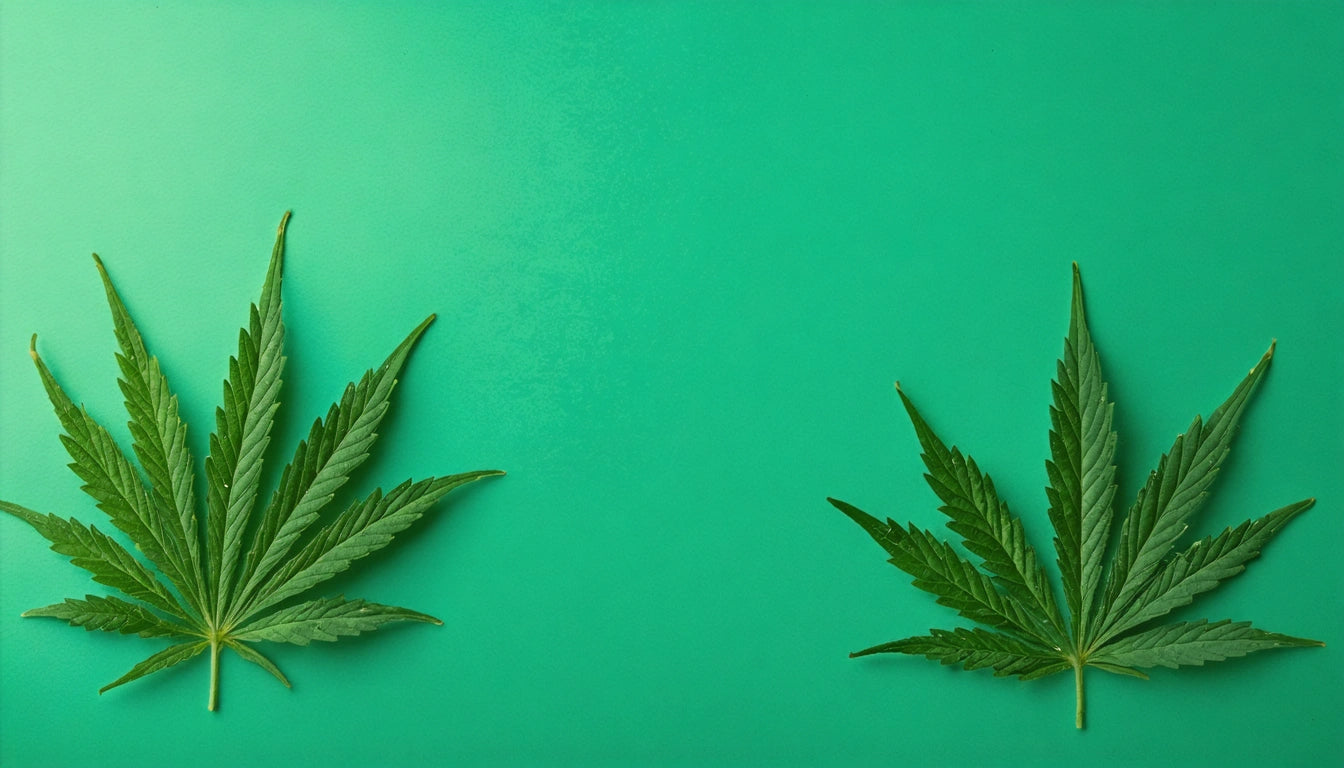Table of Contents
Is It Legal to Drive Under the Influence of Cannabis?
As cannabis legalization expands across the United States, many users wonder: can you drive while high? The short answer is no. Driving under the influence of cannabis remains illegal in all 50 states, regardless of whether the state has legalized recreational or medical marijuana use. However, the specifics of enforcement, testing methods, and legal thresholds vary significantly between jurisdictions.
Cannabis Driving Laws: State-by-State Variations
While driving high is universally prohibited, how states define and prosecute cannabis-impaired driving differs substantially. Some states have established specific THC blood concentration limits, similar to blood alcohol concentration (BAC) limits, while others rely on officer observation and field sobriety tests.
In states like Colorado, Washington, and Montana, drivers with 5 nanograms or more of THC per milliliter of blood can be prosecuted for DUI. However, in California, the question of "can you drive high in California" has a more nuanced answer. California has no set THC limit but instead relies on officer judgment and evidence of impairment.
According to research on driving and cannabis legal implications, zero-tolerance policies exist in some states where any detectable amount of THC can result in a DUI charge, regardless of actual impairment.
How Cannabis Impairment Is Detected on the Road
Field Sobriety Tests
Law enforcement primarily relies on standardized field sobriety tests to identify drivers who might be high. These include:
- Horizontal gaze nystagmus (following an object with your eyes)
- Walk-and-turn test
- One-leg stand test
- Finger-to-nose test
However, these tests were designed to detect alcohol impairment and may be less reliable for cannabis.
Chemical Testing
Unlike alcohol, which can be reliably measured with breathalyzers, cannabis impairment is more difficult to quantify. Current methods include:
- Blood tests
- Oral fluid tests
- Urine tests
The challenge is that THC can remain in the body long after impairment has subsided, potentially leading to false positives for regular users who are not actively impaired.
Factors Affecting Cannabis Impairment While Driving
The question "can u drive while high" becomes complicated when considering the various factors that influence impairment:
Consumption Method
How cannabis is consumed significantly affects impairment duration. Smoking or vaping typically produces effects that peak within 30 minutes and diminish within 2-3 hours. Edibles, however, can take 1-2 hours to take effect and may last 6-8 hours or longer.
For products like edibles, proper storage is essential to prevent accidental consumption, especially by children. Our secure packaging solutions with child-resistant features help ensure that cannabis products remain safely stored when not in use, reducing risks associated with improper access.
Tolerance and Experience
Regular cannabis users may develop tolerance to certain effects, but studies show that driving skills can still be impaired even in experienced users. Comparing driving high vs. driving drunk reveals that while the impairments differ, both significantly increase accident risk.
Legal Consequences of Driving While High
If you're wondering "can I drive high" and considering the risks, understand that penalties can be severe:
- First-offense DUI charges typically result in fines of $500-$2,000
- License suspension ranging from 90 days to one year
- Possible jail time, especially for repeat offenders
- Mandatory drug education programs
- Increased insurance rates
- Potential employment consequences
In addition to legal penalties, being high in public spaces or while traveling can lead to additional charges in many jurisdictions.
Safety Considerations for Cannabis Users
Beyond legal concerns, safety should be paramount when considering cannabis use and driving. Research indicates that cannabis can impair:
- Reaction time
- Lane positioning
- Attention and concentration
- Time and distance perception
- Coordination
Understanding the risks of getting too high is essential for responsible use. Even mild impairment can significantly increase accident risk, especially when combined with other factors like fatigue or additional substances.
Responsible Practices for Cannabis Consumers
For those who use cannabis legally, adopting responsible habits can help avoid driving while impaired:
- Plan transportation ahead of time if you intend to consume cannabis
- Use rideshare services, public transportation, or designate a sober driver
- Wait at least 4-6 hours after smoking and 8-12 hours after consuming edibles before driving
- Consider the full spectrum of effects that being high produces and how they might impact driving ability
- Never mix cannabis with alcohol or other substances before driving
The safest approach is simple: if you've consumed cannabis, don't drive. The risks to yourself and others, combined with the legal consequences, make driving while high a decision with potentially severe repercussions.
As cannabis continues to gain acceptance, users must recognize that responsible consumption includes making safe transportation choices. Just as with alcohol, legal access comes with the responsibility to use cannabis in ways that don't endanger public safety.











Leave a comment
All comments are moderated before being published.
This site is protected by hCaptcha and the hCaptcha Privacy Policy and Terms of Service apply.